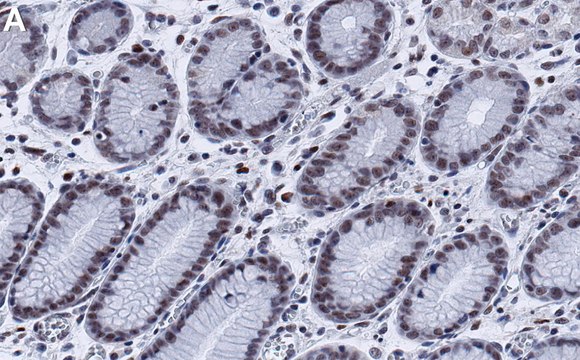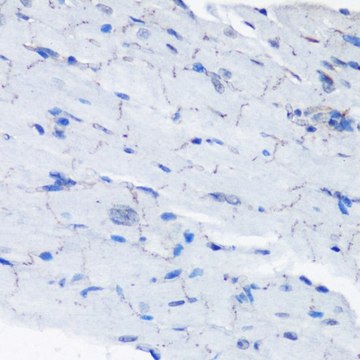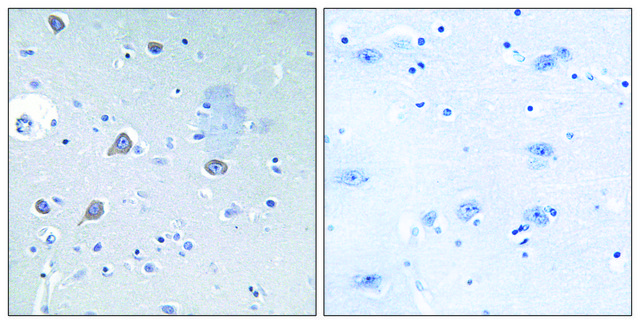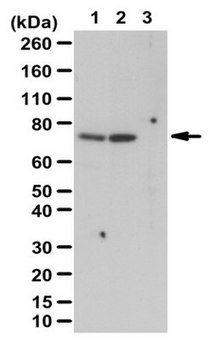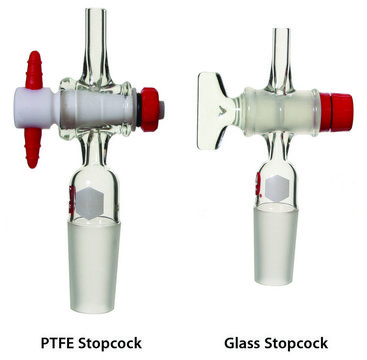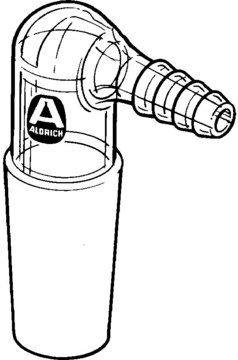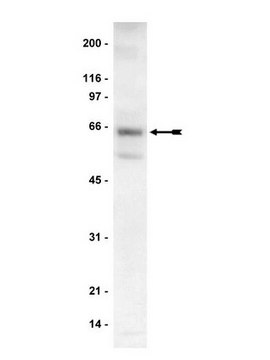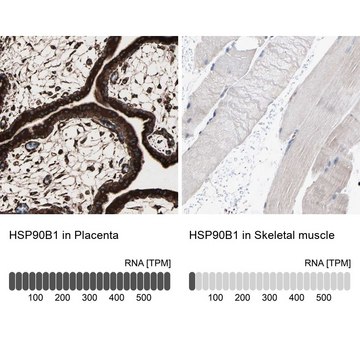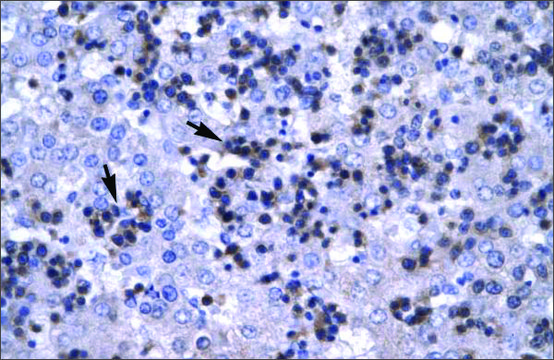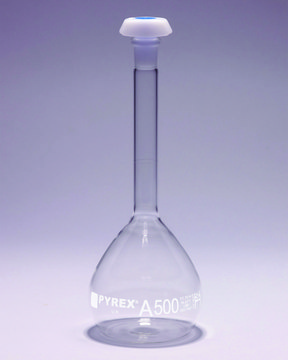General description
We are committed to bringing you greener alternative products, which adhere to one or more of The 12 Principles of Green Chemistry.This antibody is Preservative-free, produced without the harm or sacrifice of animals and exceptionally stable to allow for ambient shipping and storage if needed and thus aligns with "Waste Prevention", "Designing Safer Chemicals" and "Design for Energy Efficiency".
Click here for more information.
ZooMAb® antibodies represent an entirely new generation of recombinant monoclonal antibodies.Each ZooMAb® antibody is manufactured using our proprietary recombinant expression system, purified to homogeneity, and precisely dispensed to produce robust and highly reproducible lot-to-lot consistency. Only top-performing clones are released for use by researchers. Each antibody is validated for high specificity and affinity across multiple applications, including its most commonly used application. ZooMAb® antibodies are reliably available and ready to ship when you need them.
Specificity
Clone 1E13 is a ZooMAb® Rabbit recombinant monoclonal antibody that specifically detects p70S6 kinase. It targets an epitope within 21 amino acids from the N-terminal region.
Immunogen
KLH-conjugated linear peptide corresponding to 21 amino acids from the N-terminal region of human p70S6 Kinase.
Application
Quality Control Testing
Evaluated by Western Blotting in COS-7 cell lysate.
Western Blotting Analysis: A 1:1,000 dilution of this antibody detected p70S6 Kinase in COS-7 cell lysate.
Tested Applications
Western Blotting Analysis: A 1:10,000 dilution from a representative lot detected p70S6 Kinase in A431 cell lysate.
Immunohistochemistry (Paraffin) Analysis: A 1:1,000 dilution from a representative lot detected p70S6 Kinase in human bone marrow tissue sections.
Affinity Binding Assay: A representative lot of this antibody bound p70 S6 Kinase peptide with a KD of 8.9 x 10-6 in an affinity binding assay.
Immunocytochemistry Analysis: A 1:100 dilution from a representative lot detected p70S6 Kinase in A431 cells.
Note: Actual optimal working dilutions must be determined by end user as specimens, and experimental conditions may vary with the end user.
Target description
Ribosomal protein S6 kinase beta-1 (UniProt: P23443; also known as EC 2.7.11.1, S6K-beta-1, S6K1, 70 kDa ribosomal protein S6 kinase 1, P70S6K1, p70-S6K 1, Ribosomal protein S6 kinase I, Serine/threonine-protein kinase 14A, p70 ribosomal S6 kinase alpha, p70 S6 kinase alpha, p70 S6K-alpha, p70 S6KA) is encoded by the RPS6KB1 (also known as STK14A) gene (Gene ID: 6198) in human. p70S6K1 is a serine/threonine-protein kinase that acts downstream of mTOR signaling in response to growth factors and nutrients to promote cell proliferation, cell growth, and cell cycle progression. It regulates protein synthesis through phosphorylation of EIF4B, RPS6, and EEF2K and contributes to cell survival by repressing the pro-apoptotic function of BAD. Upon mitogenic stimulation, phosphorylation by mTORC1 leads to its activation following dissociation from the EIF3 complex. The active p70S6K1 then phosphorylates and activates several substrates in the pre-initiation complex. It is also shown to play a role in feedback regulation of mTORC2 by mTORC1 by phosphorylating RICTOR, which results in the inhibition of mTORC2 and Akt1 signaling. The protein kinase domain of p70S6K1 is localized to amino acids 91-352 and the autoinhibitory domain is localized to amino acids 424-525. The autoinhibitory domain blocks phosphorylation within the AGC-kinase C-terminal domain and the activation loop. Its activation requires multiple phosphorylation events on serine/threonine residues. Phosphorylation of multiple sites in the autoinhibitory domain disrupts the autoinhibitory mechanism and allows phosphorylation of threonine 252 by PDPK1. The active conformation of the kinase is stabilized by phosphorylation of sites (Thr 252; Ser 394; and Thr 412) located in the kinase domain activation loop. It also contains a TOR signaling (TOS) motif (aa 28-32) that is essential for its activation by mTORC1. Five isoforms of p70S6K1 have been described that are produced by alternative splicing and alternative initiation. This ZooMAb® recombinant monoclonal antibody, generated by our propriety technology, offers significantly enhanced specificity, affinity, reproducibility, and stability over conventional monoclonals. (Ref.: Wang, X., et al. (2001). EMBO J. 20(16); 4370-4379; Pullen, N., et al. (1998). Science. 279(5351); 707-710).
Physical form
Purified recombinant rabbit monoclonal antibody IgG, lyophilized in PBS with 5% Trehalose, normal appearance a coarse or translucent resin. The PBS/trehalose components in the ZooMAb formulation can have the appearance of a semi-solid (bead like gel) after lyophilization. This is a normal phenomenon. Please follow the recommended reconstitution procedure in the data sheet to dissolve the semi-solid, bead-like, gel-appearing material. The resulting antibody solution is completely stable and functional as proven by full functional testing. Contains no biocide or preservatives, such as azide, or any animal by-products. Larger pack sizes provided as multiples of 25 μL.
Reconstitution
300 μg/mL after reconstitution at 25 μL per vial. Please refer to guidance on suggested starting dilutions and/or titers per application and sample type.
Storage and Stability
Recommend storage of lyophilized product at 2-8°C; Before reconstitution, micro-centrifuge vials briefly to spin down material to bottom of the vial; Reconstitute each vial by adding 25 μL of filtered lab grade water or PBS; Reconstituted antibodies can be stored at 2-8°C, or -20°C for long term storage. Avoid repeated freeze-thaws.
Legal Information
ZooMAb is a registered trademark of Merck KGaA, Darmstadt, Germany
Disclaimer
Unless otherwise stated in our catalog or other company documentation accompanying the product(s), our products are intended for research use only and are not to be used for any other purpose, which includes but is not limited to, unauthorized commercial uses, in vitro diagnostic uses, ex vivo or in vivo therapeutic uses or any type of consumption or application to humans or animals.

